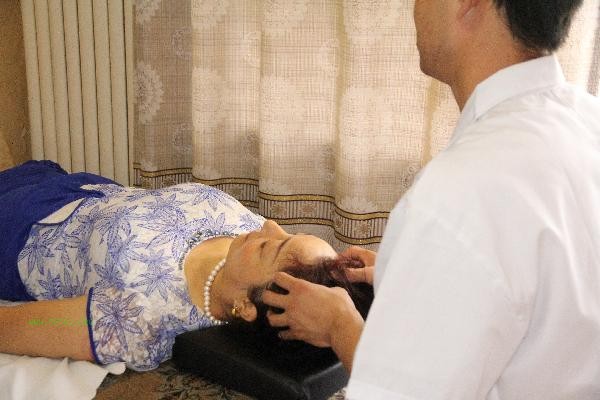Ice cold patches applied overnight may cause skin frostbite or local blood circulation disorders. It is usually recommended to use them for no more than 4 hours at a time. Ice cooling patches relieve fever or muscle soreness through physical cooling, but prolonged exposure to low temperatures may cause adverse reactions.
Ice cream patch contains cooling ingredients such as hydrogel. If it is used continuously for more than 8 hours, the local skin will be in a low temperature state for a long time. Excessive constriction of epidermal blood vessels may lead to pale, numb skin, and in severe cases, frostbite erythema or blisters. Some people may experience contact dermatitis after application, manifested as itching and burning sensation. The metabolism of the human body slows down at night, and low temperature stimulation may exacerbate muscle stiffness, especially in areas such as the cervical spine and joints where the risk of application is higher.
In special circumstances such as febrile convulsions that require continuous cooling, the ice cream patch should be replaced intermittently under the guidance of a doctor to avoid continuous application to the same area. Patients with diabetes and peripheral circulation disorders are prone to skin damage after use, and children with thinner skin need to strictly control the application time. If accidentally applied overnight, it should be removed immediately and the skin condition observed. If there is persistent pain or discoloration, medical treatment should be sought.
Before using ice cream patches, clean the skin and avoid wounds and mucous membrane areas. It is recommended to choose products with good breathability and change the application position every 2 hours. Patients with fever can cooperate with physical cooling methods such as warm water bathing to avoid relying on long-term application. People with sensitive skin can first try it on the inner side of the forearm for 30 minutes, and then use it on other parts if there are no abnormalities. During storage, avoid the failure of gel components due to high temperature environment.






Comments (0)
Leave a Comment
No comments yet
Be the first to share your thoughts!